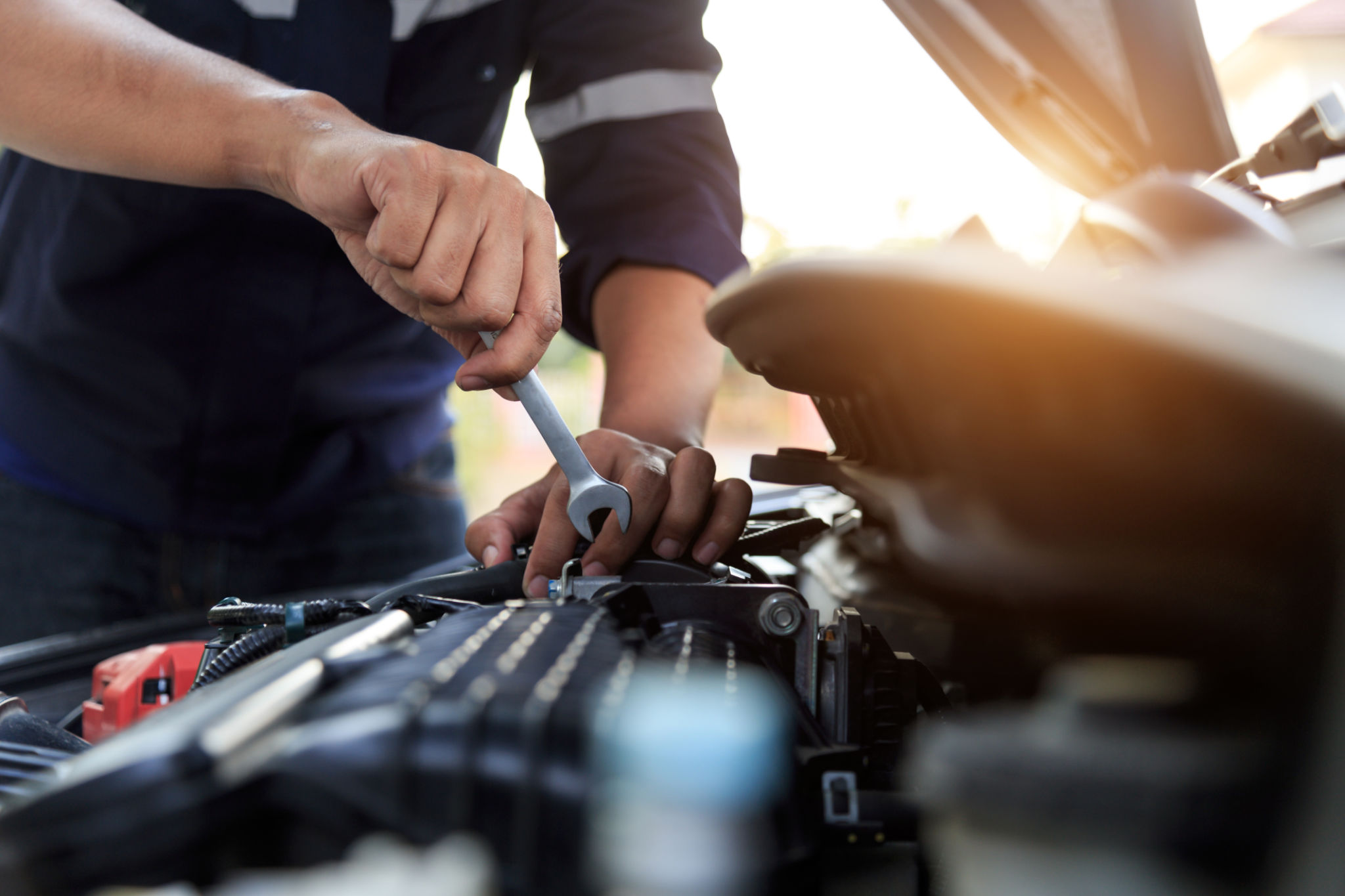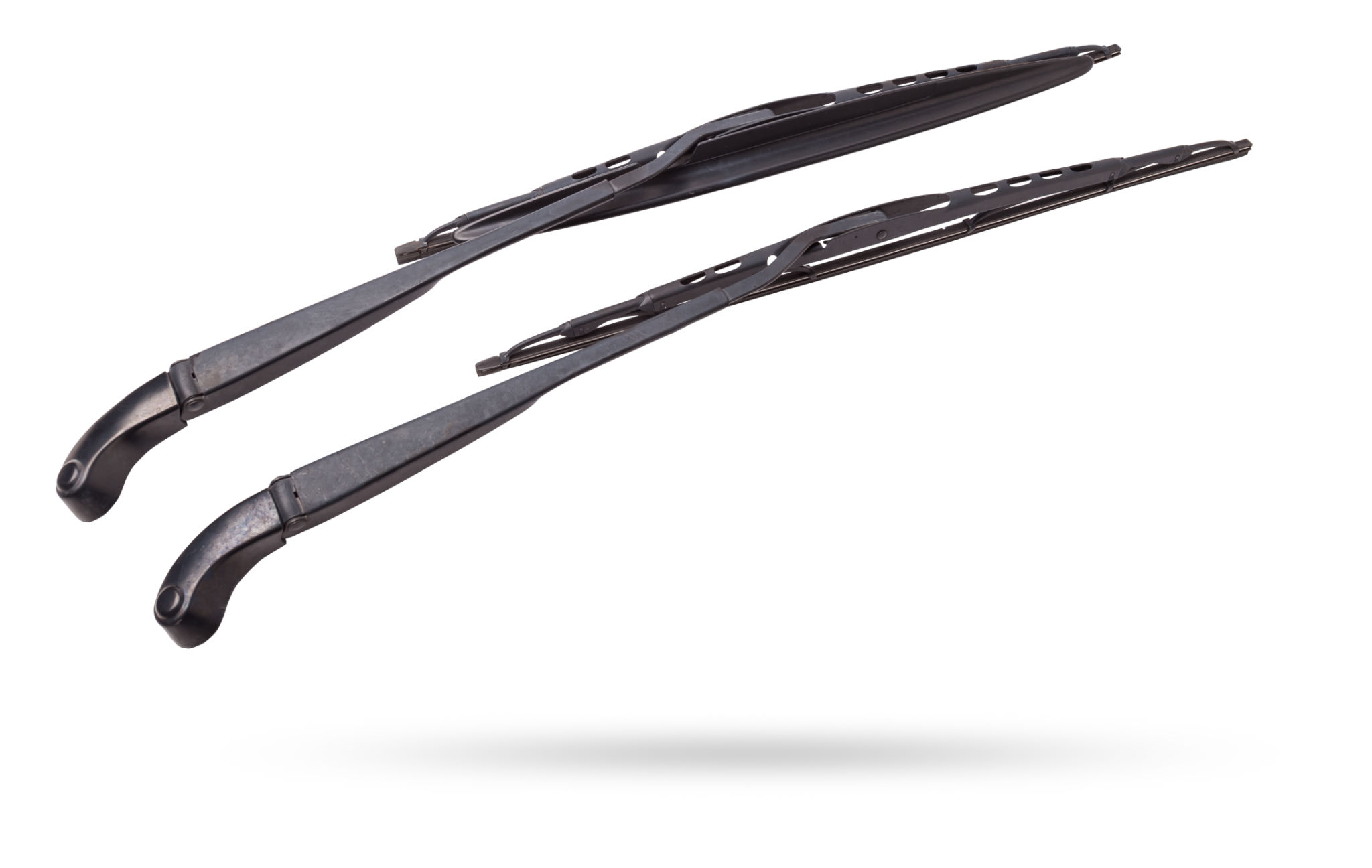DIY Tips for Basic Car Repairs You Can Do at Home
Introduction to DIY Car Repairs
Owning a car often means that at some point, you'll need to address repairs and maintenance. While some issues require a professional mechanic, there are several basic car repairs you can easily do at home. Not only does this save you money, but it also gives you a sense of accomplishment. In this post, we'll explore some DIY tips for basic car repairs that you can tackle with minimal tools and expertise.

Essential Tools for DIY Car Repairs
Before diving into car repairs, it's crucial to have the right tools on hand. A basic tool kit should include:
- A set of screwdrivers (both flathead and Phillips)
- Wrenches and a socket set
- Pliers and a wire cutter
- A car jack and jack stands
- A tire pressure gauge
Having these tools accessible will make your repair tasks easier and safer. Additionally, consider investing in a repair manual specific to your car model for detailed guidance.
Changing Your Car's Oil
One of the most common maintenance tasks is changing your car's oil. Regular oil changes are vital for engine health and performance. Here's how you can do it yourself:
- Warm up your car for a few minutes to thin the oil.
- Turn off the engine and ensure the car is on level ground.
- Place a drip pan under the oil pan and remove the drain plug.
- Allow the old oil to completely drain out.
- Replace the drain plug and remove the old oil filter.
- Install a new oil filter and pour in the new oil using a funnel.

Tire Maintenance
Tires are crucial for safe driving, and maintaining them is relatively simple. Regularly check your tire pressure with a gauge, ensuring they are inflated to the recommended levels found in your car's manual. Additionally, inspect the tread depth; if it's below 1/16 of an inch, it's time for new tires.
Rotating your tires every 5,000 to 8,000 miles helps them wear evenly and extend their lifespan. You can easily do this at home by using a car jack and following the pattern recommended in your owner's manual.
Replacing Windshield Wipers
Clear visibility is essential for safe driving, especially during adverse weather conditions. If your wipers are leaving streaks or making noise, it's time to replace them. This process is quick and doesn't require any tools:
- Lift the wiper arm away from the windshield.
- Press the small tab on the underside of the wiper blade to release it.
- Slide the old wiper blade off the arm.
- Align the new wiper blade with the arm and slide it into place until it clicks.

Battery Maintenance
Your car battery is integral to starting your vehicle, so it's important to keep it in good condition. Regularly check for corrosion on the battery terminals. If you notice any white or blue residue, clean it off using a mixture of baking soda and water applied with an old toothbrush. Ensure that all connections are tight and secure.
If your battery is more than three years old or showing signs of weakness like dimming headlights or slow engine crank, consider having it tested or replaced.
Conclusion
Performing basic car repairs at home can be both cost-effective and rewarding. With these tips and a little practice, you'll be well on your way to maintaining your vehicle's health while saving money on professional services. Always remember to prioritize safety by using proper equipment and techniques when working on your car. Happy wrenching!